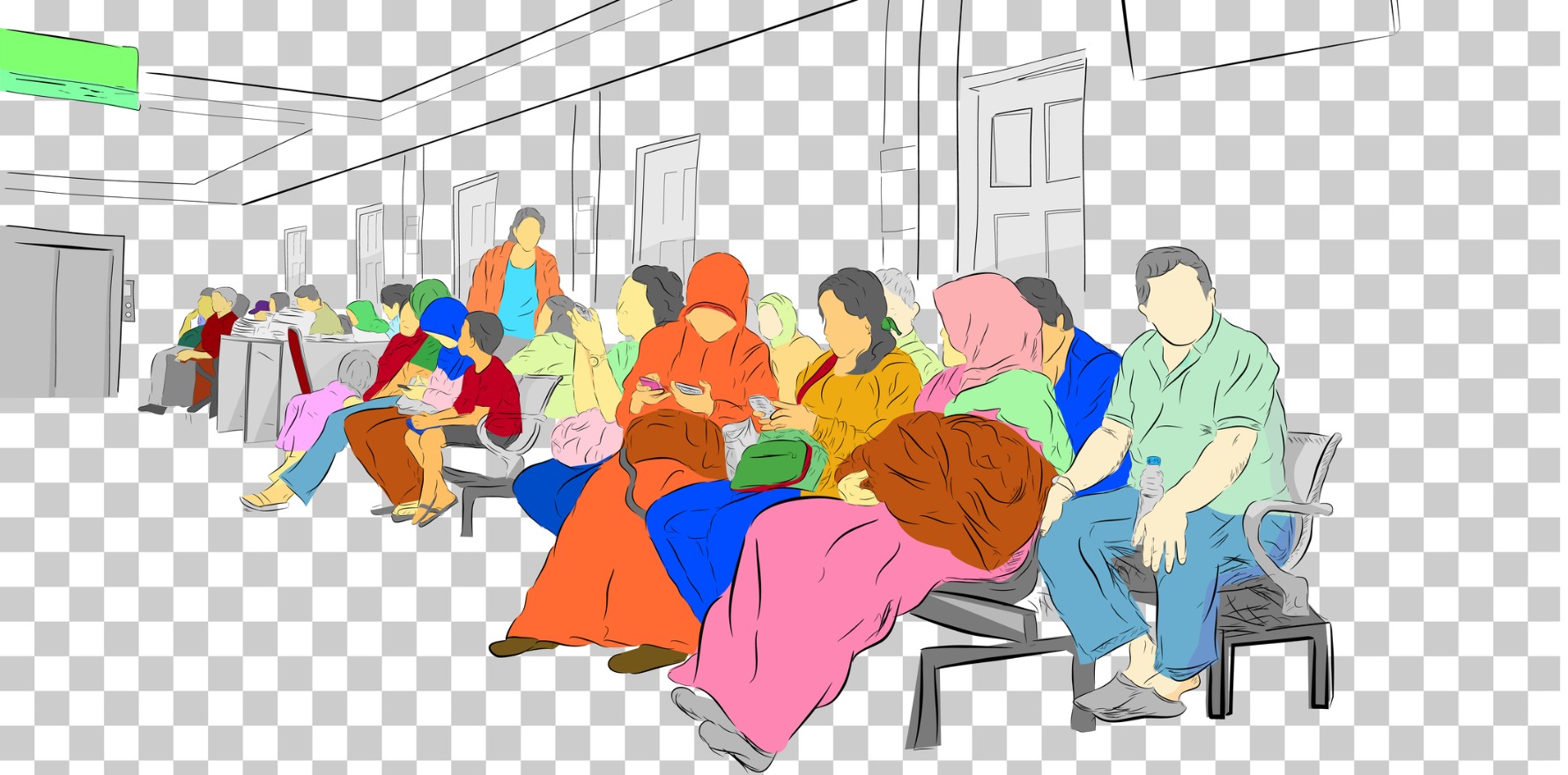Perhaps we should look outside emergency departments to solve the problems inside them.
Strategies aiming to reduce emergency department backlog and improve treatment wait times produced “mixed” results, according to new data.
Brisbane researchers conducting an umbrella review assessing 39 studies on patient flow found “varied” efficacy across the ED interventions employed, with most interventions yielding conflicting or “nonsignificant” results.
Most interventions trialled focused exclusively on the “within-ED” phase of the patient journey, with little attention paid to improvements outside of EDs themselves through “pre-ED” and “post-ED” phases, such as acute and subacute inpatient transfer, residential care or hospital in the home.
The authors found interventions were primarily targeted at addressing improvements within emergency departments, with few looking at ways of facilitating swifter transitions for patients from ED or inpatient wards back into the community.
Telehealth interventions, simulation and predictive tools, as well as electronic board tracking or patient tracking systems, were among the most frequent initiatives introduced to streamline patient flow.
While most digital solutions produced “mixed or nonsignificant outcomes”, several technologies showed promise in reducing ED overcrowding by facilitating earlier screening and triaging pathways, such as nurse call lines, on-demand telehealth visits, paramedic-driven mobile response programs, tele-triage initiatives.
“The study’s results align with prior overview studies, which suggests that evidence concerning the effectiveness of interventions in ED settings and patient flow is both limited and ineffective,” the authors wrote.
“These findings highlight the importance of establishing and utilising a comprehensive range of meaningful outcome measures to accurately evaluate the effectiveness of interventions on patient flow.”



